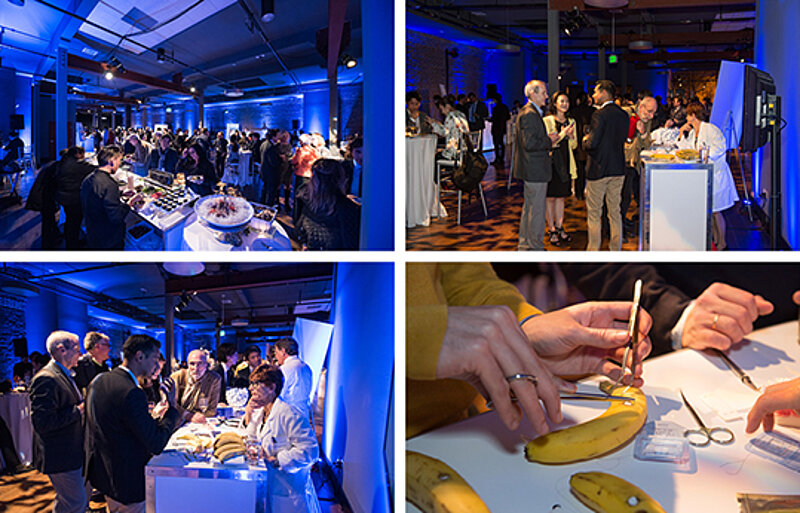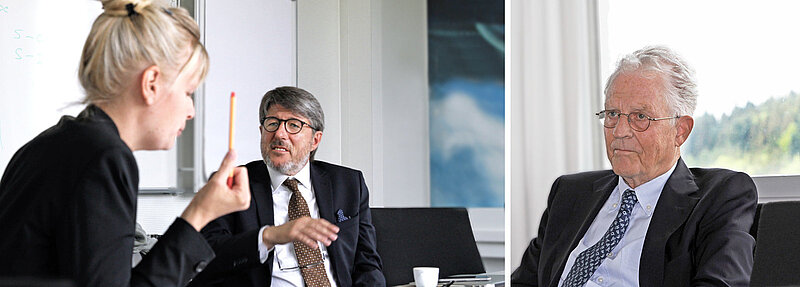Prof. Lindhe, you are doing research on bone formation in extraction sockets. What is the current state of knowledge?
Prof. Lindhe: In our studies we found marked differences along the fully healed edentulous ridge in different locations - for example, the maxillary front versus the mandibular distal region. These differences comprise the amount of lamellar bone and bone marrow and the thickness of the cortical layer on top of extraction sockets1. We also found out that the tissue composition varies between grafted and non-grafted sites that have been edentulous for at least one year2.
What is the difference between these sites?
Prof. Lindhe: The remodelling phase where lamellar bone and bone marrow is formed occurs later in grafted sites than in spontaneously healing sites2. Nonetheless, a good biomaterial like Geistlich Bio-Oss® will be completely surrounded by new bone, and in parts also by bone marrow, indicating that bone remodelling takes place.
Dr. Cecchinato, does this delayed bone remodelling have any impact on implant placement?
Dr. Cecchinato: No, I don't think so. For Geistlich Bio-Oss® Berglundh and Lindhe showed, already in 1997, that osseointegration in grafted and non-grafted sites is exactly the same3.
Geistlich Bio-Oss® resorbs slowly. Is this a plus or a minus for Ridge Preservation?
Prof. Lindhe: The slow resorption is a big plus. That's the beauty of Geistlich Bio-Oss®. A bone substitute with a higher turnover rate could cause a contraction of the ridge profile at the time of implant placement and that would be a disadvantage. Geistlich Bio-Oss® gives volume stability over time and, together with the newly formed bone, serves as a basis for implant placement, even if it cannot totally prevent the resorption of the bony walls.
In what situations do you find Ridge Preservation crucial for future treatment?
Dr. Cecchinato: In the aesthetic area. In the posterior region we sometimes might have to augment a socket in order to maintain enough volume in the bucco-lingual or bucco-palatal dimension. But this occurs less frequently. In our concept the mesial root area of the first molar is the position furthest to the rear for implant placement.
Do you think that Ridge Preservation is a technique that every dentist should know and apply?
Prof. Lindhe: Yes, because it's a very straightforward procedure. You should preserve the bone volume before placing an implant. Ridge augmentations at the time of implant placement are less predictable.
Verena Vermeulen
References:
1. Lindhe J, et al. : Clin Oral Implants Res 2013; 24(4):372-77.
2. Lindhe J, et al. : Clin Oral Implants Res 2014 ; 25(7): 786-90.
3. Berglundh T, Lindhe J: Clin Oral Implants Res 1997; 8(2): 117-24.


